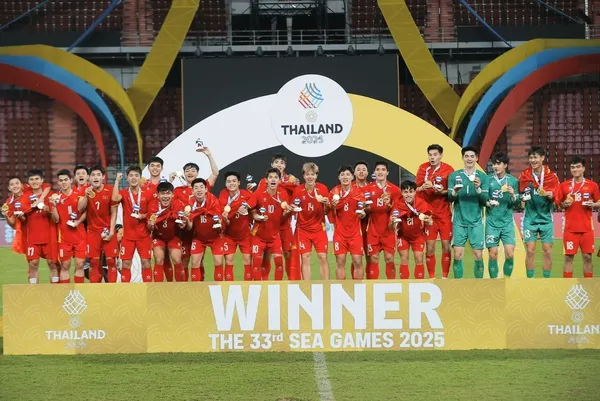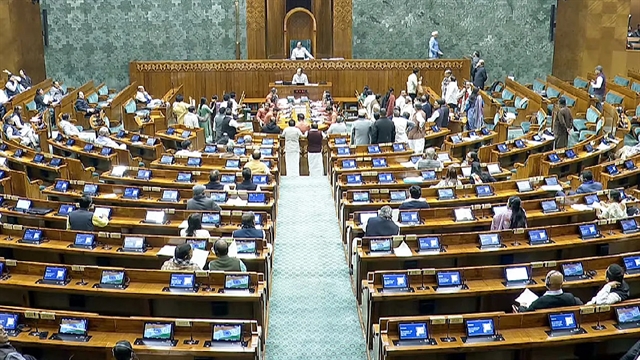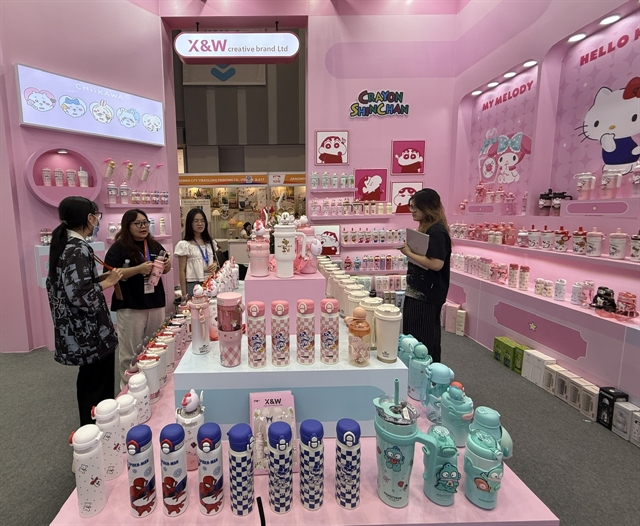.jpg) Society
Society


|
| Quang Trung Reservoir in Bà Rịa – Vũng Tàu Province’s Côn Đảo District. The reservoir is an important freshwater source for the district. – Photo baobariavungtau.com.vn |
BÀ RỊA – VŨNG TÀU – The Côn Đảo District People’s Committee has taken a number of measures to protect freshwater sources and groundwater to ensure inhabitants of the island district do not face a shortage.
The district in the southern province of Bà Rịa – Vũng Tàu has three reservoirs, An Hải, Quang Trung 1 and Quang Trung 2, with a total capacity of 1.7 million cubic metres.
In recent years the number of tourists visiting the island has shot up, making availability of water for them and locals a major issue.
The Côn Đảo Water Supply Station exploits 3,400cu.m of groundwater daily to supply locals.
Nguyễn Thị Thùy Trang, deputy head of the station, said 99 per cent of residents have access to tap water.
Since 2016 the rains have been coming early and continuing for longer than normal, and so there is sufficient surface water and groundwater, she assured.
However, during the peak tourism season and on hot days, the station has to operate at full capacity but still cannot meet demand, she said.
The district has a population of more than 8,700 and an average of 2,000 tourists a day.
The district comprises 16 large and small islands but only Côn Sơn, the main island, has freshwater since the terrain is sloping and mainly made up of rocky mountains.
Freshwater is sourced mostly from the rain and stored in the reservoirs.
Lê Văn Phong, chairman of the district People’s Committee, said Côn Đảo has determined that freshwater is the most important factor in deciding the scale and capacity of its socio-economic development.
It has strengthened measures to manage, protect and exploit groundwater, he said.
To protect the reservoirs and groundwater resources, the district has assigned relevant agencies to clean areas around them and stopped issuing licences to drill for water.
Slaughterhouses in residential areas are closed down. The collection of wastewater and rubbish are regularly inspected to protect the quality of groundwater.
The authority also requires registration for the use of groundwater and monitors use by households.
It has boosted advocacy to enhance people’s awareness of the proper use of pesticides in farming to protect water resources. – VNS

.jpg)


